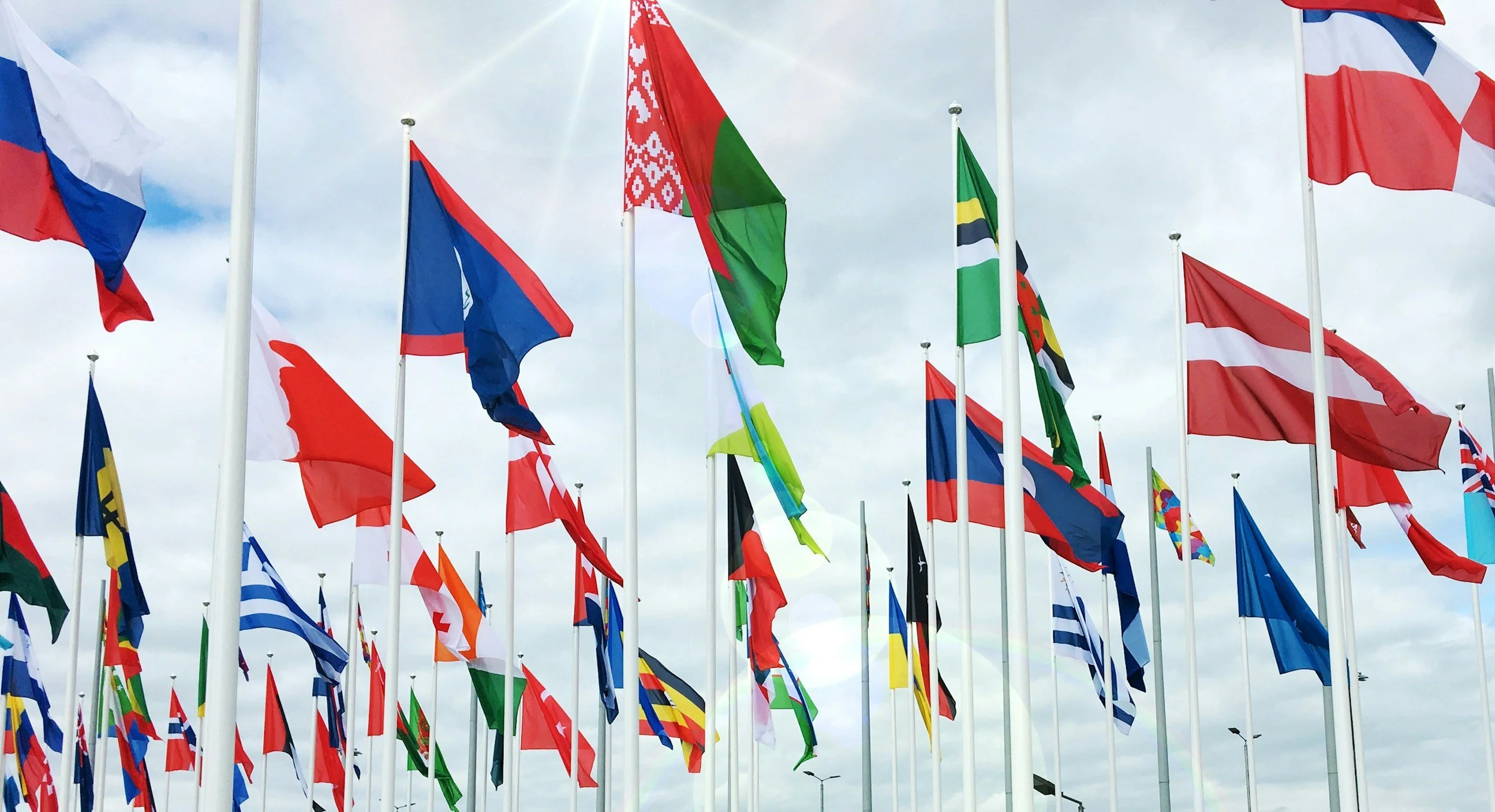By: Anit Mukherjee
As finance ministers and central bank governors descend on Washington D.C. this week for the International Monetary Fund (IMF) and World Bank Spring Meetings, their discussions are sure to be dominated by decisions made nearby, at the White House, that have upended the very foundations of the global economy over the last four months. The question now is how policymakers will rebalance their economies where the three pillars of globalization — free trade, free markets, and free movement of capital — have been affected almost at the same time. And what does this mean for countries of the Global South who are again the collateral damage in an economic wildfire not of their own making?
Even before U.S. president Donald Trump’s “reciprocal tariff” announcement on April 2, the world was on the edge of a debt crisis. Sharp increases in public spending during the COVID-19 pandemic, slow recovery from the economic downturn, sluggish domestic resources, and high cost of external borrowing due to increases in global interest rates meant that almost 60% of low income and emerging market economies (who constitute the majority of the Global South) are either at elevated risk of or already in debt distress. According to the IMF Global Debt Monitor, the total external debt stock of developing and emerging economies has surpassed $11.5 trillion in 2023, with debt service payments consuming an ever-larger share of government revenues and foreign exchange reserves.
It is not hard to predict how these countries will fare in the current uncertainty, especially with increasing cost of public debt and trade finance. It will be increasingly difficult for countries like Sri Lanka which, after the economic crisis in 2022, was making an honest effort to comply with IMF conditionalities and improving fiscal management with some measure of success. It is easy for the IMF to call on developing countries to put their house in order and to put the onus of fiscal rebalancing on them. But such statements might sound tone deaf to many of the officials from the Global South attending the Spring Meetings, who are trying to keep their economies afloat while dealing with extreme uncertainty.
While the fiscal challenges are difficult enough, development assistance is on life support. With the abrupt disbanding of USAID and cuts in the aid budget in Europe, many developing countries are left without life-saving health interventions and the scaling back of other social programs. These have long term consequences for economic growth and productivity, so governments need to find a way to raise resources at a time when they are paying more in debt servicing costs than social spending. Multilateral development banks are unlikely to scale up assistance, which means that the sustainable development goals (SDGs) will remain an unmet aspiration. The same is true for resources needed to combat climate change and accelerate the energy transition. The “Baku to Belém 1.3T Roadmap” is no more than a pipedream, especially with the political headwinds building both in the United States and Europe against greater spending on green transition.
So what should a rebalanced globalization look like if we are to weather the current turmoil? The path forward will require carefully navigating politics, geopolitics, growth, inequality, new technologies, and an energy transition, all amid great uncertainty and contested perspectives. As a first step, distinguishing between the objectives of a rebalanced globalization — economic growth and development, more balanced trade and investment, and more comprehensive energy policies — and the paths to their achievement, namely, institutional reforms, sustainable finance, and digital transformation, can offer greater clarity to policymakers.
But more specifically, what can countries of the Global South do to advance their shared agenda? First, focus on core issues that bind them together. These might include fiscal health; climate justice; energy, food, and health security; and skilling and jobs. This can only be done by employing their collective political leverage to mitigate global risk and alter institutional mandates, especially for the multilateral development banks, by increasing South-South cooperation. As the consecutive G20 presidencies of Indonesia, India, Brazil and South Africa demonstrated, there is enormous potential for cooperation within the Global South, opportunities to share lessons and best practices, and put ideas into action. The Spring Meetings this year could be a first step towards a Global South led paradigm for development, one that gives a message of hope amid the change that will be with us for the foreseeable future.
Anit Mukherjee is Senior Fellow for the Global Economics & Development program at ORF America.

